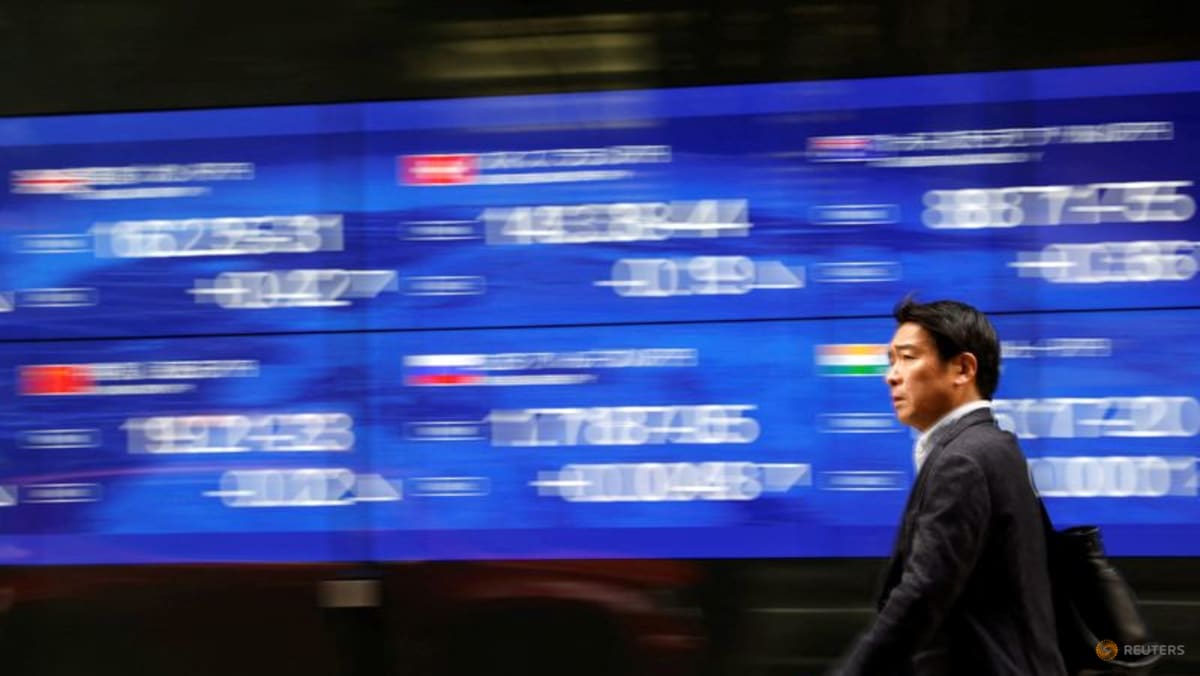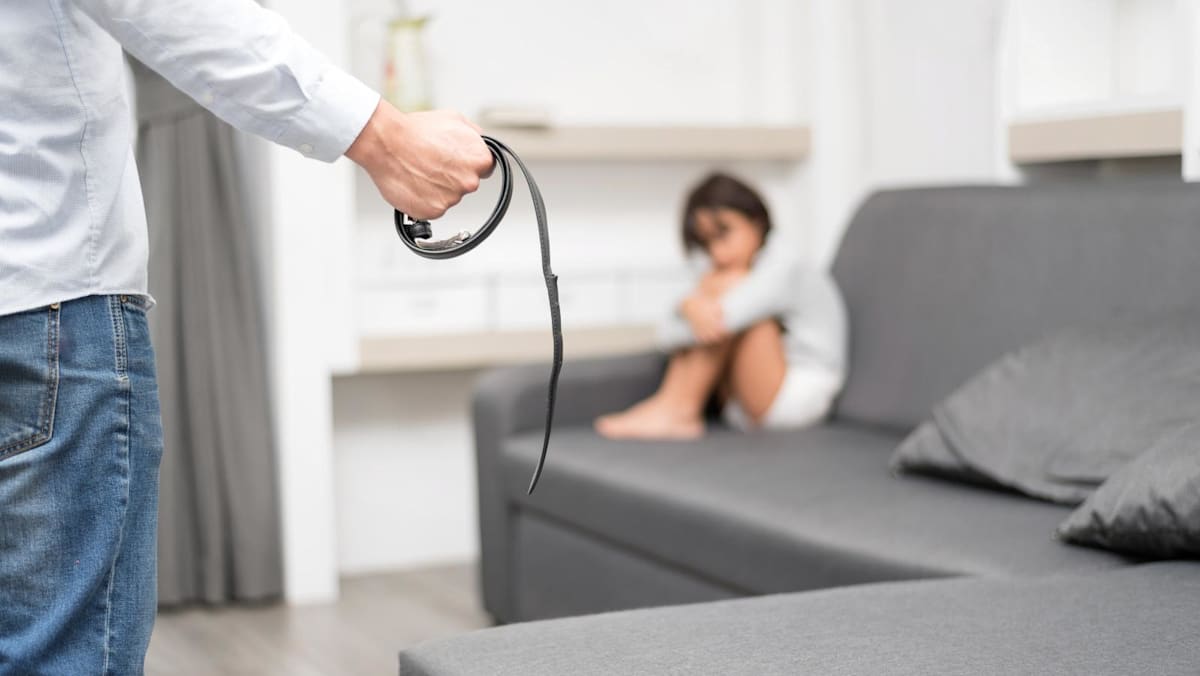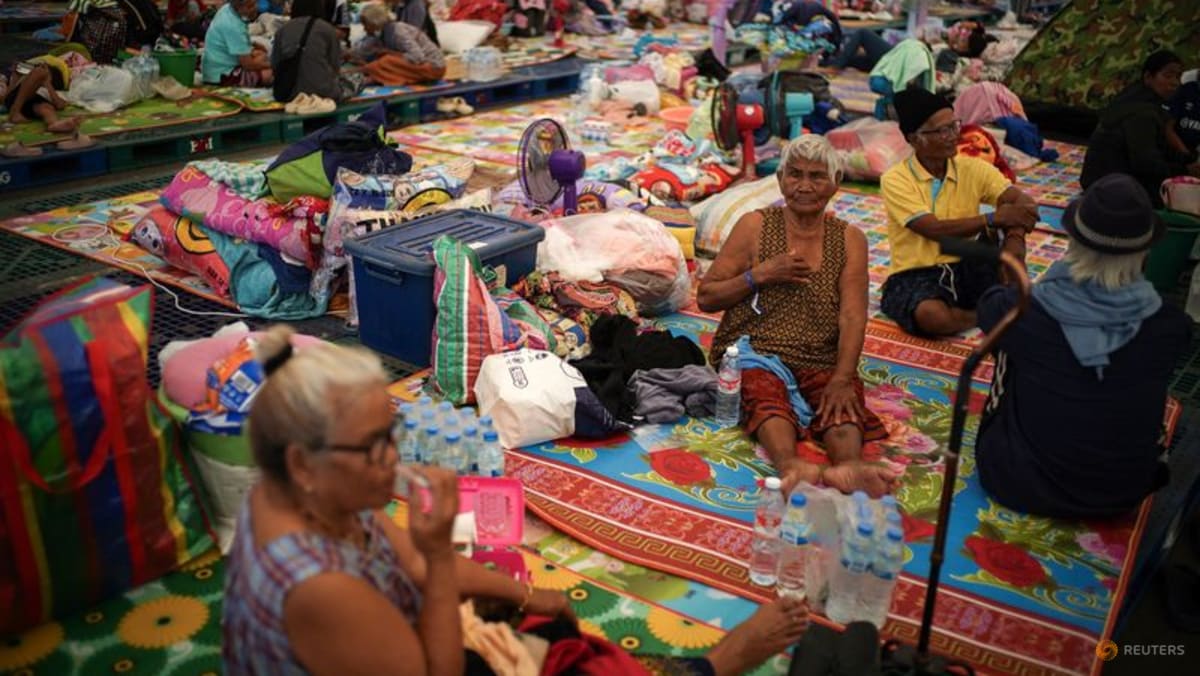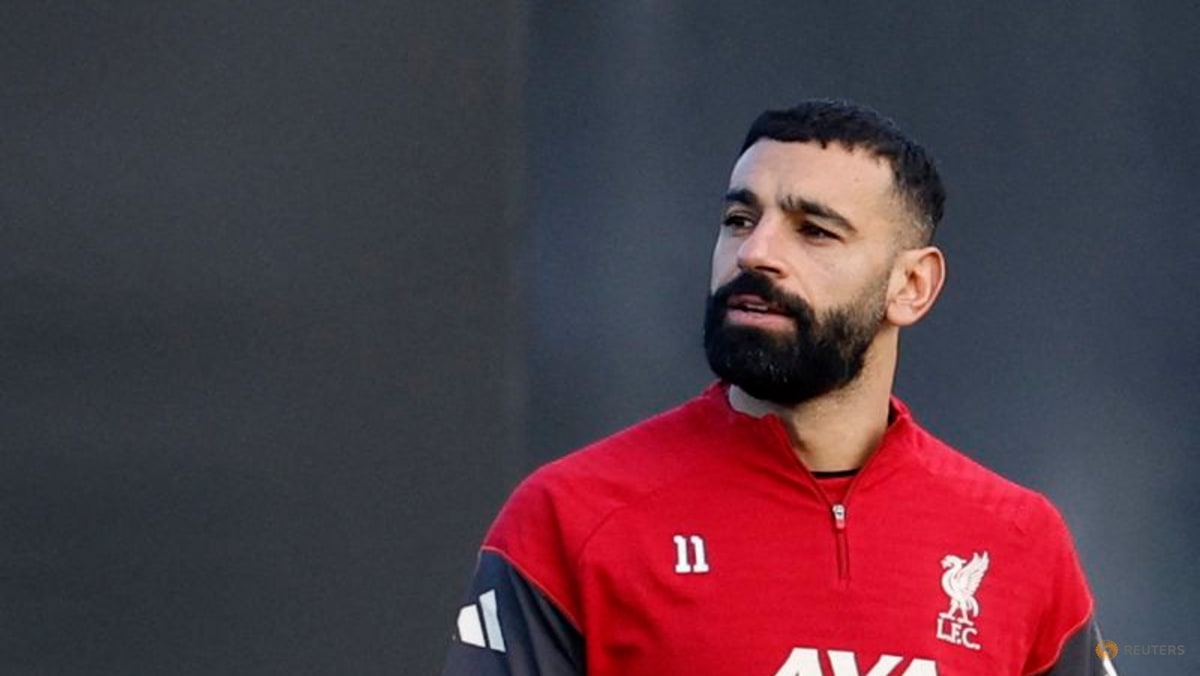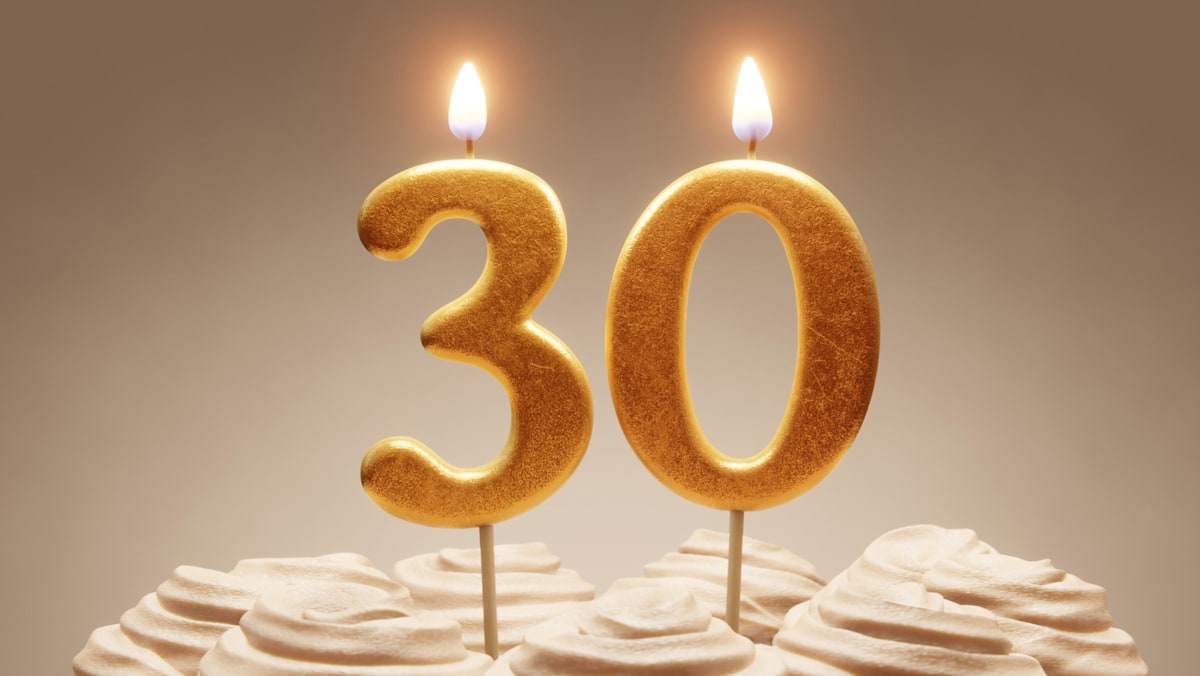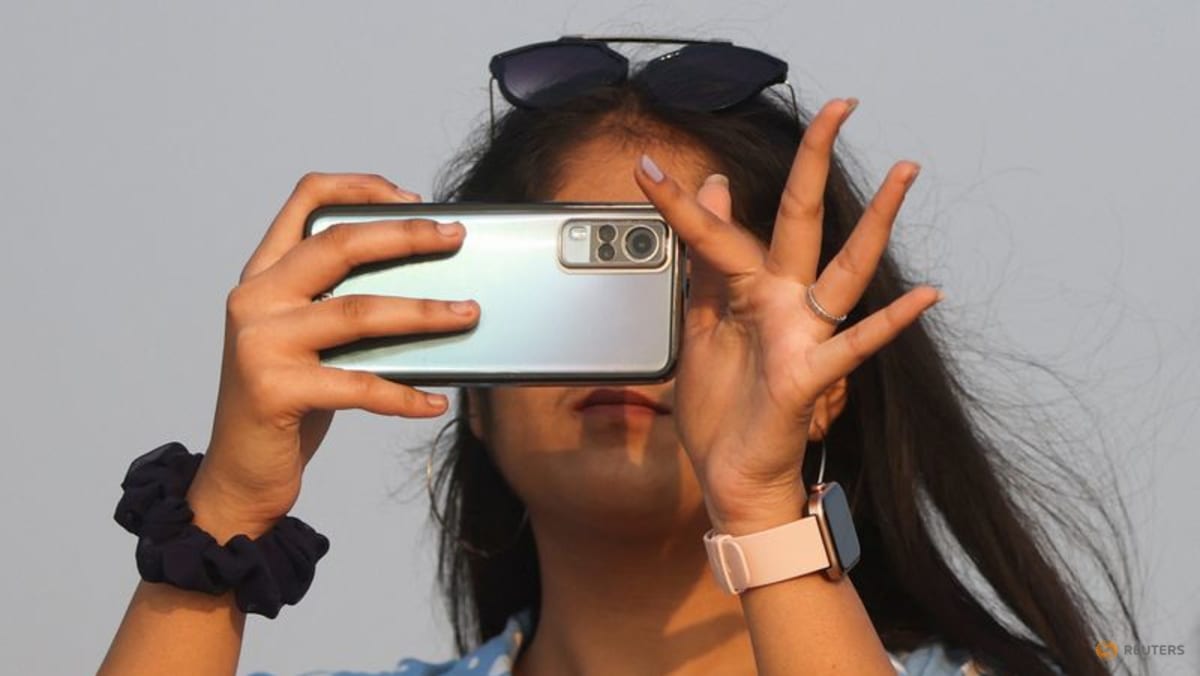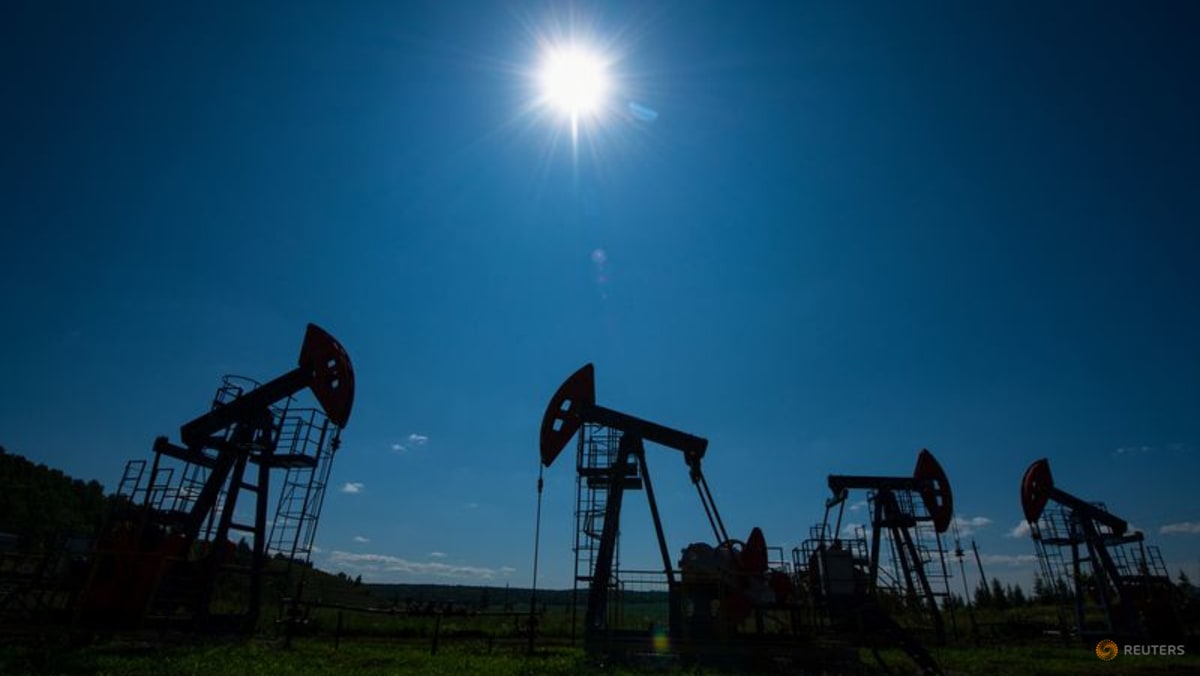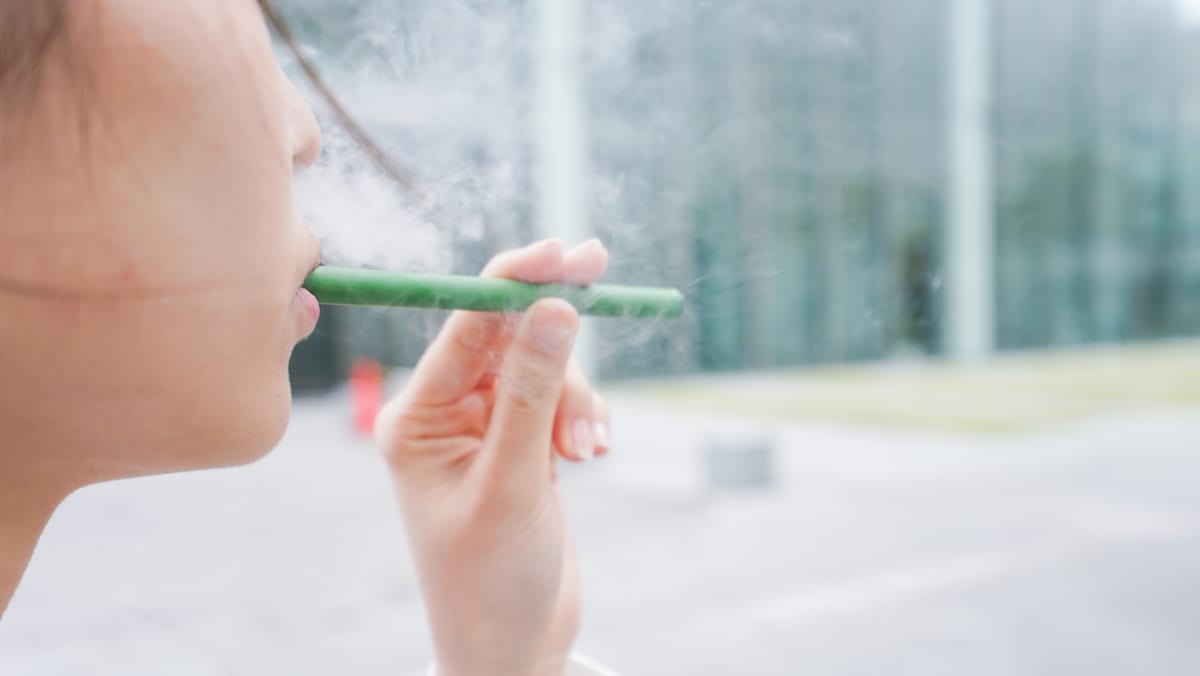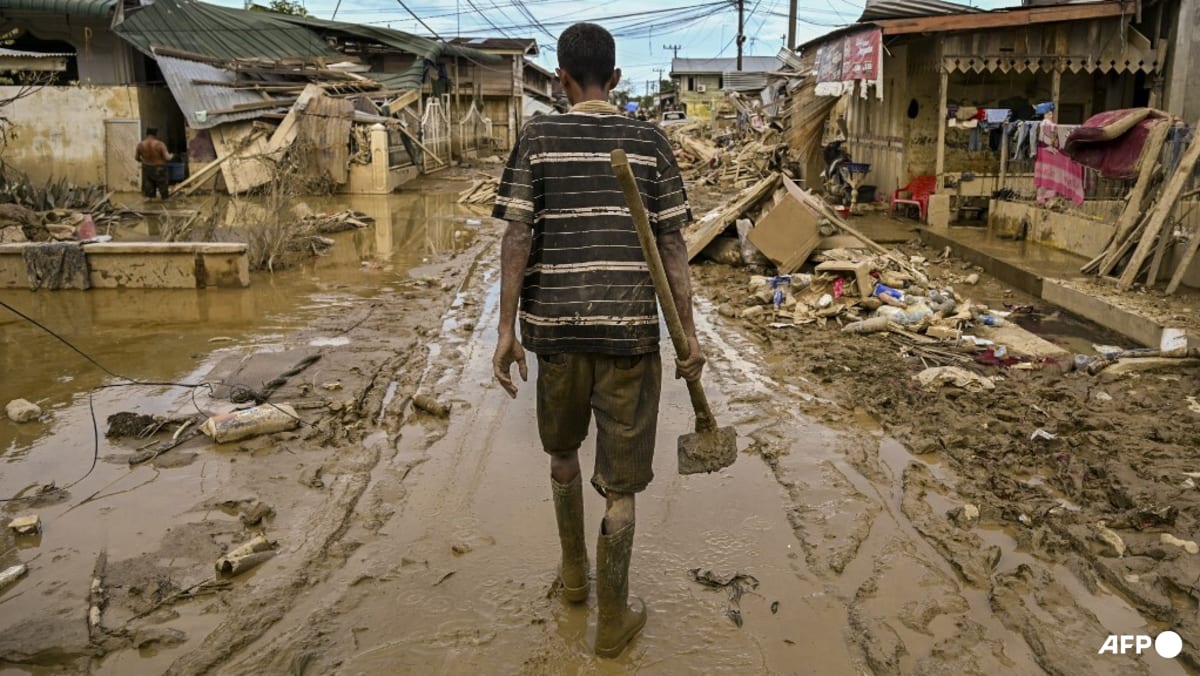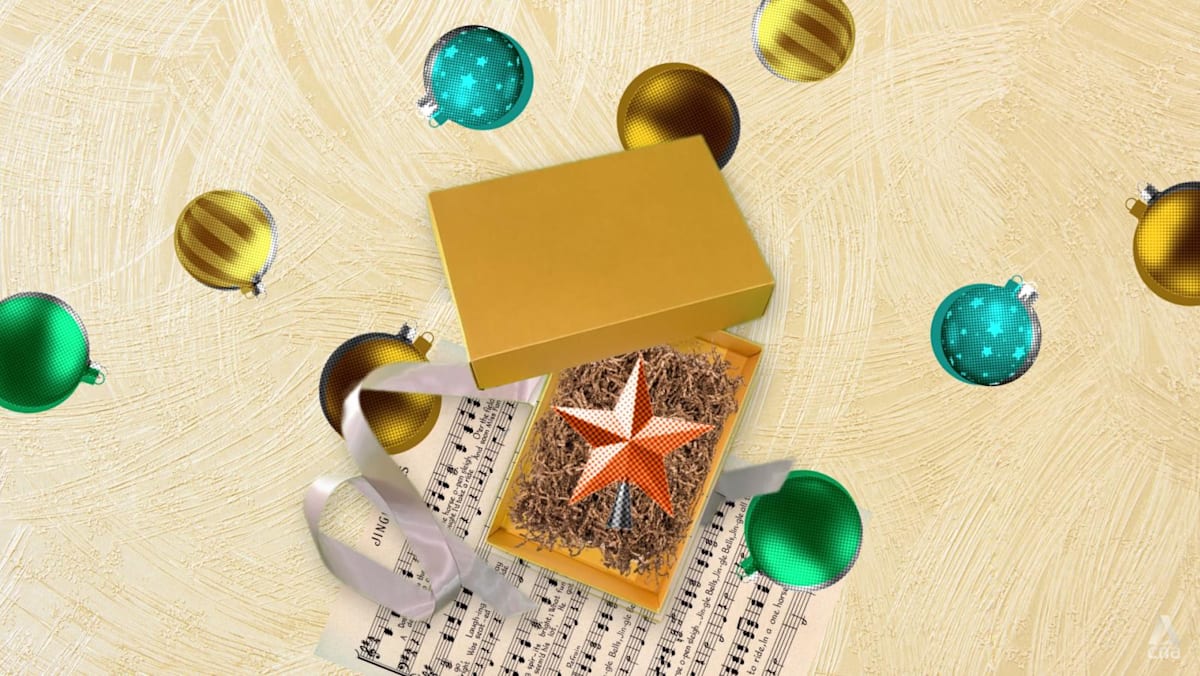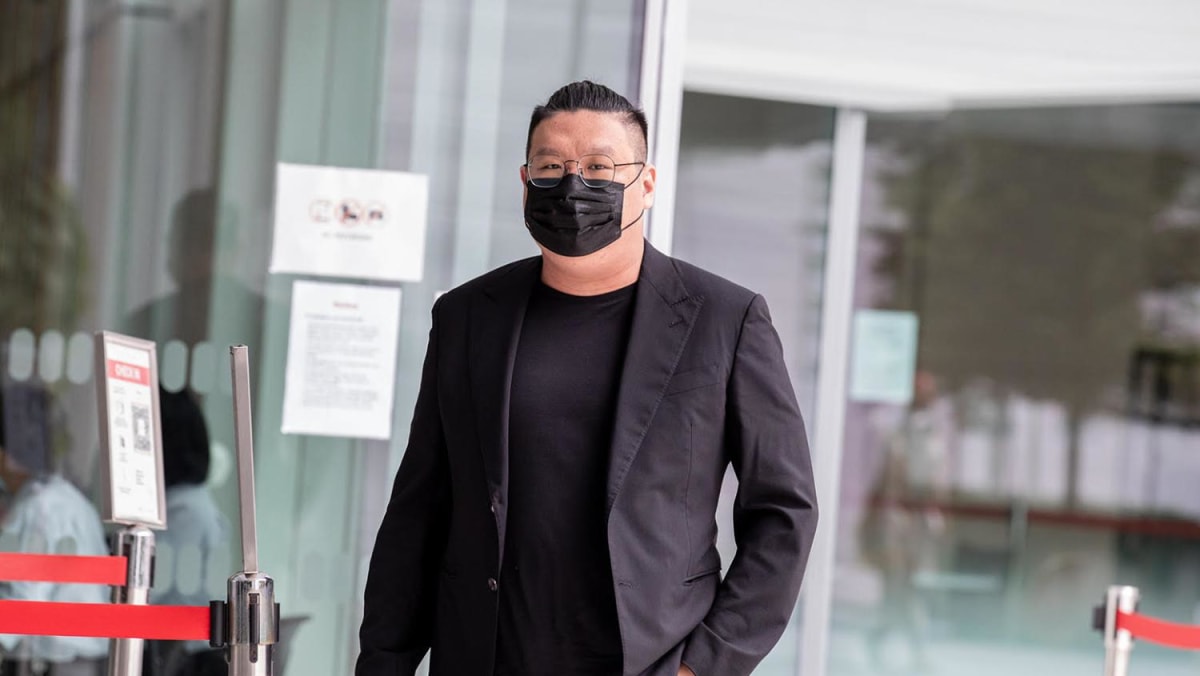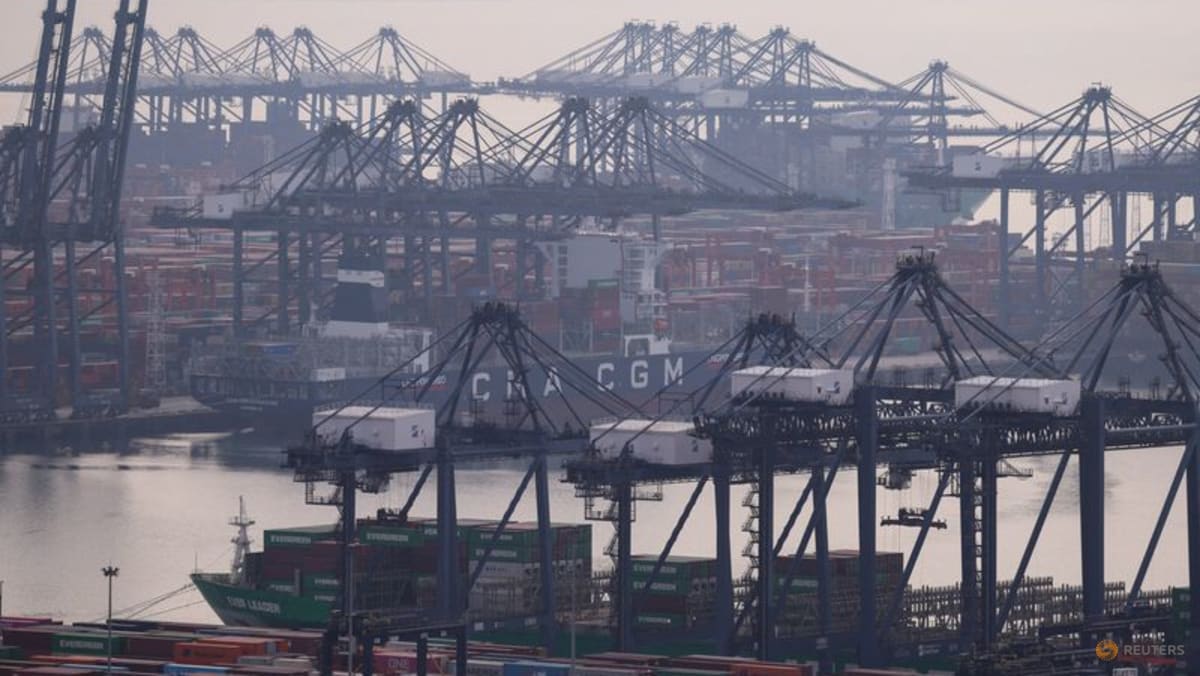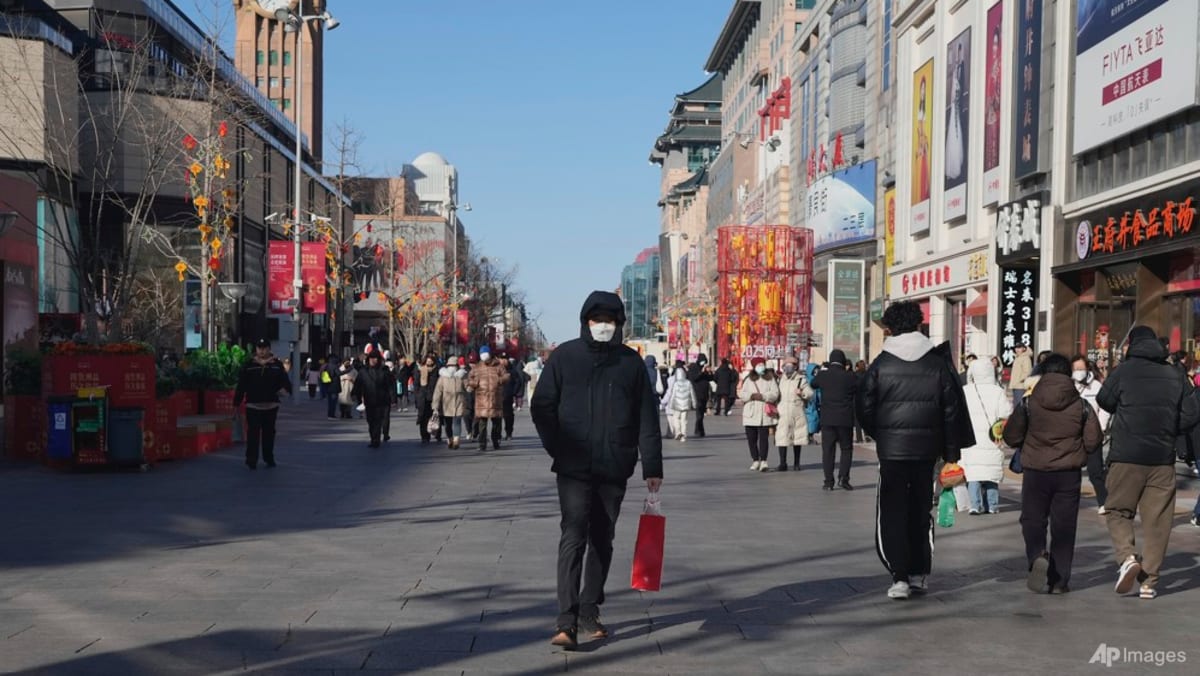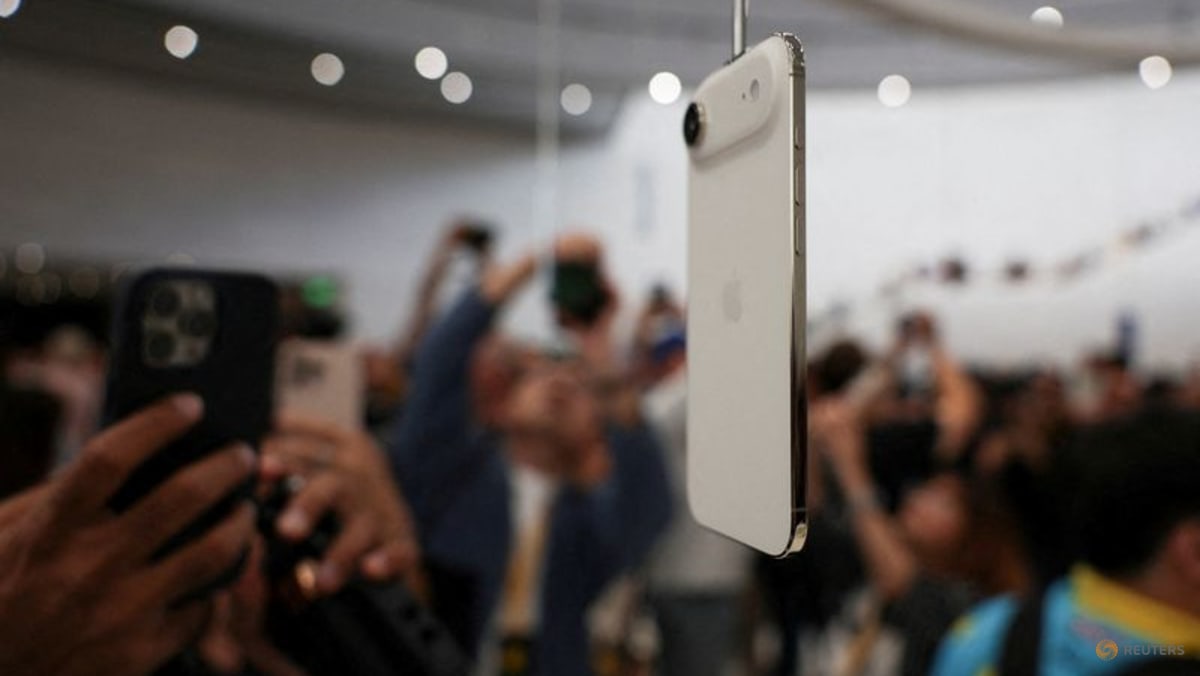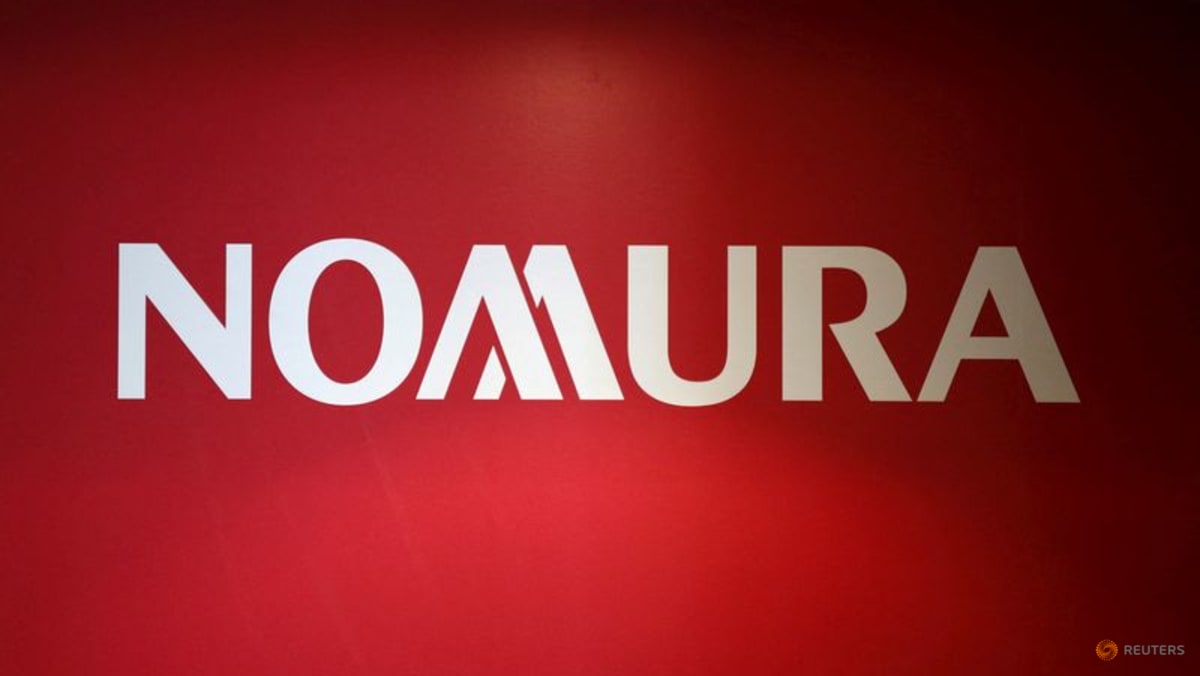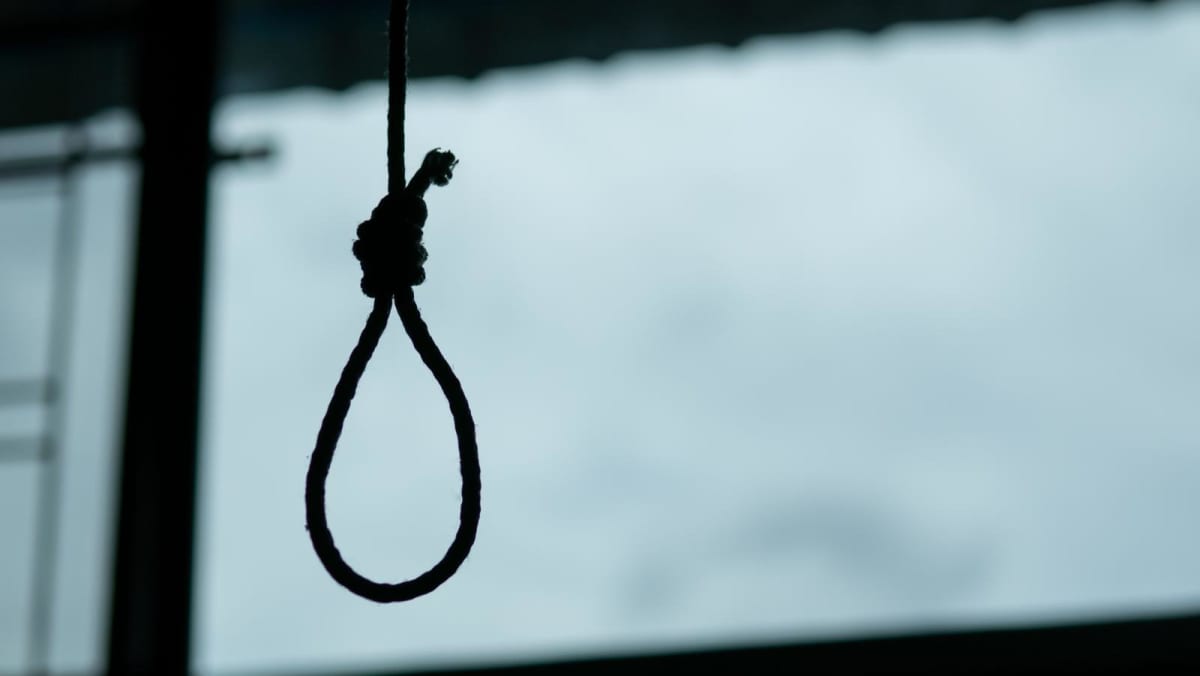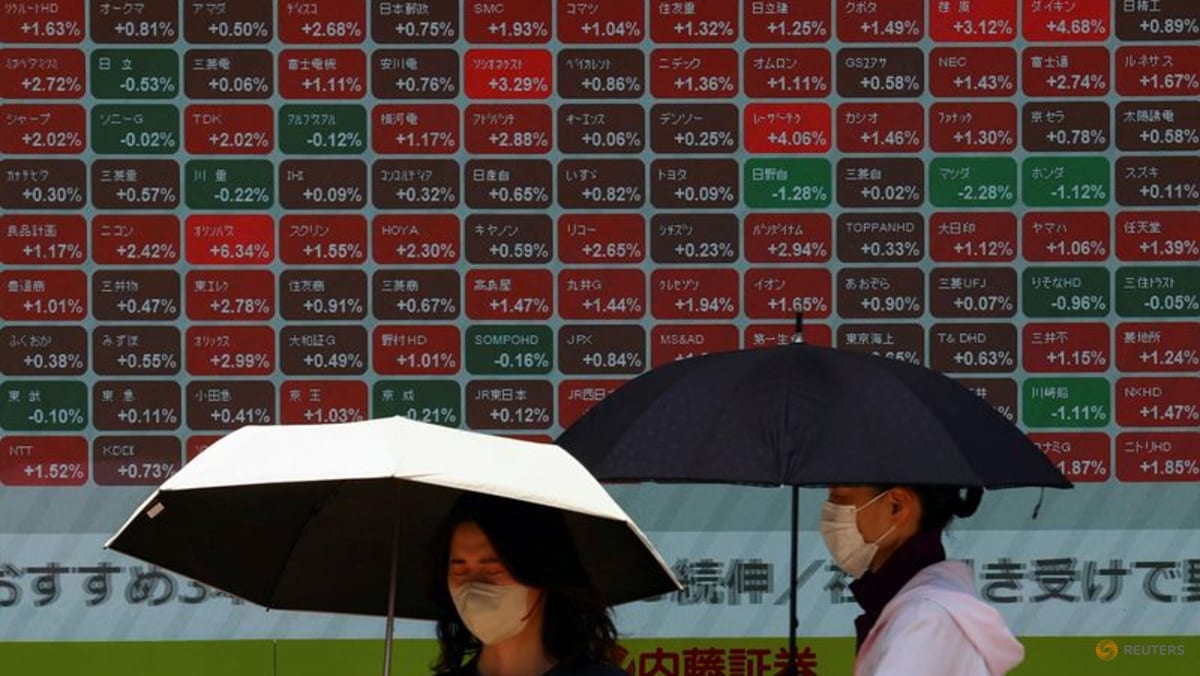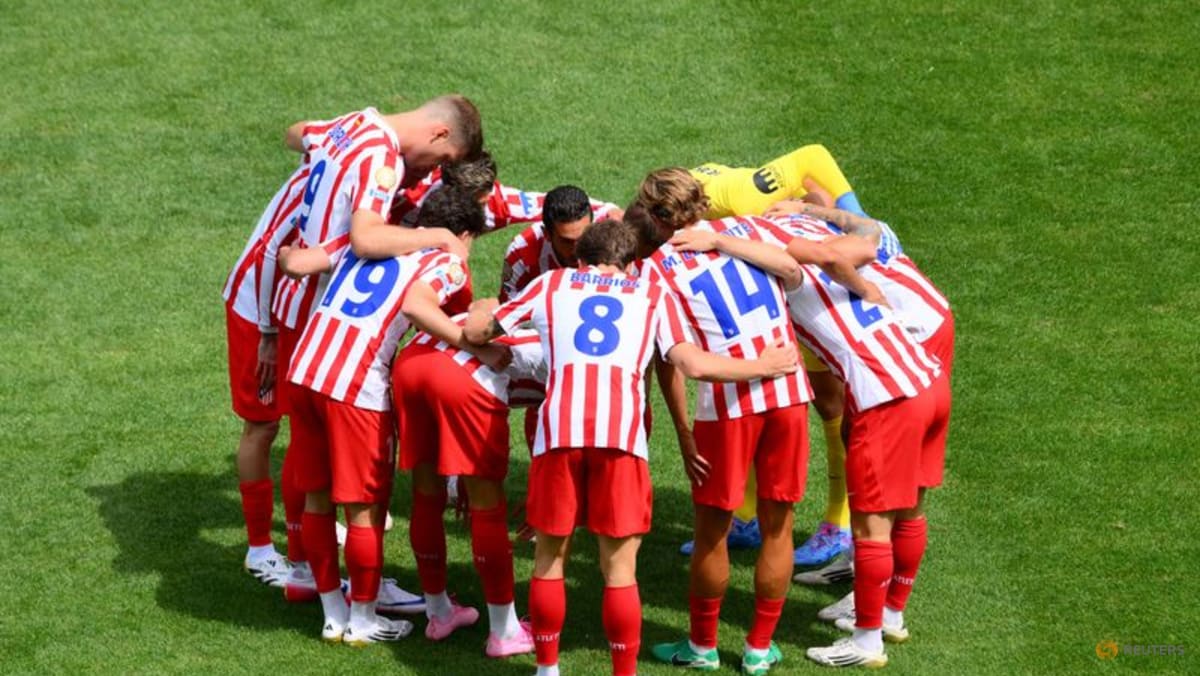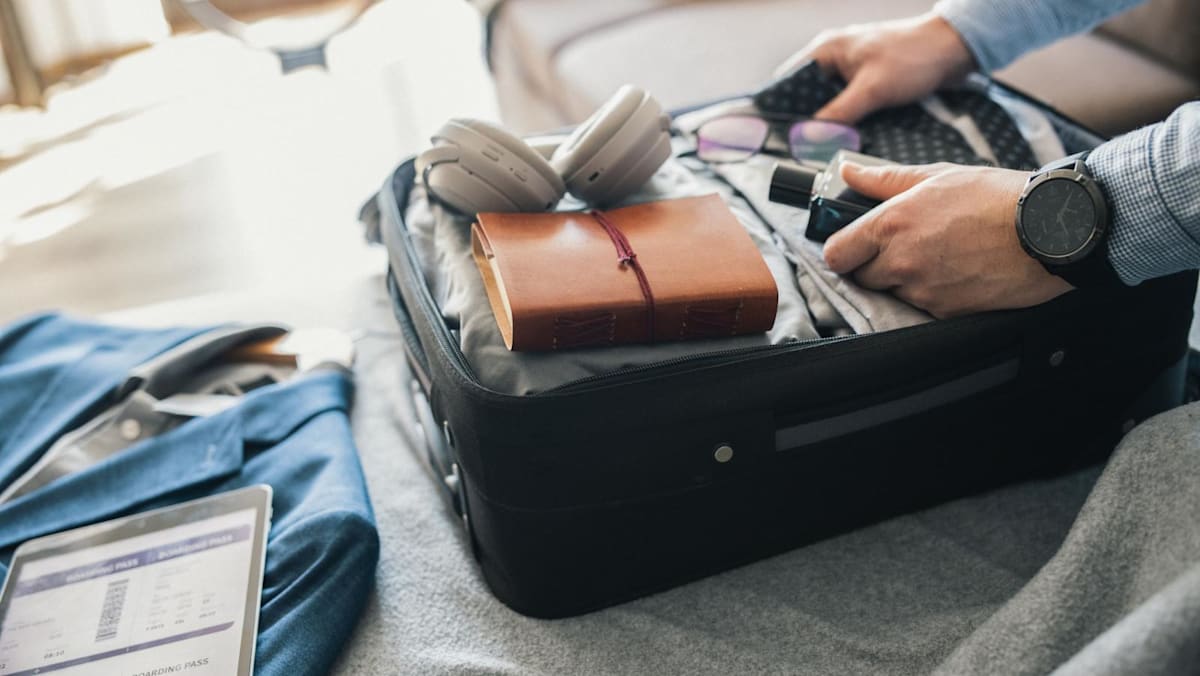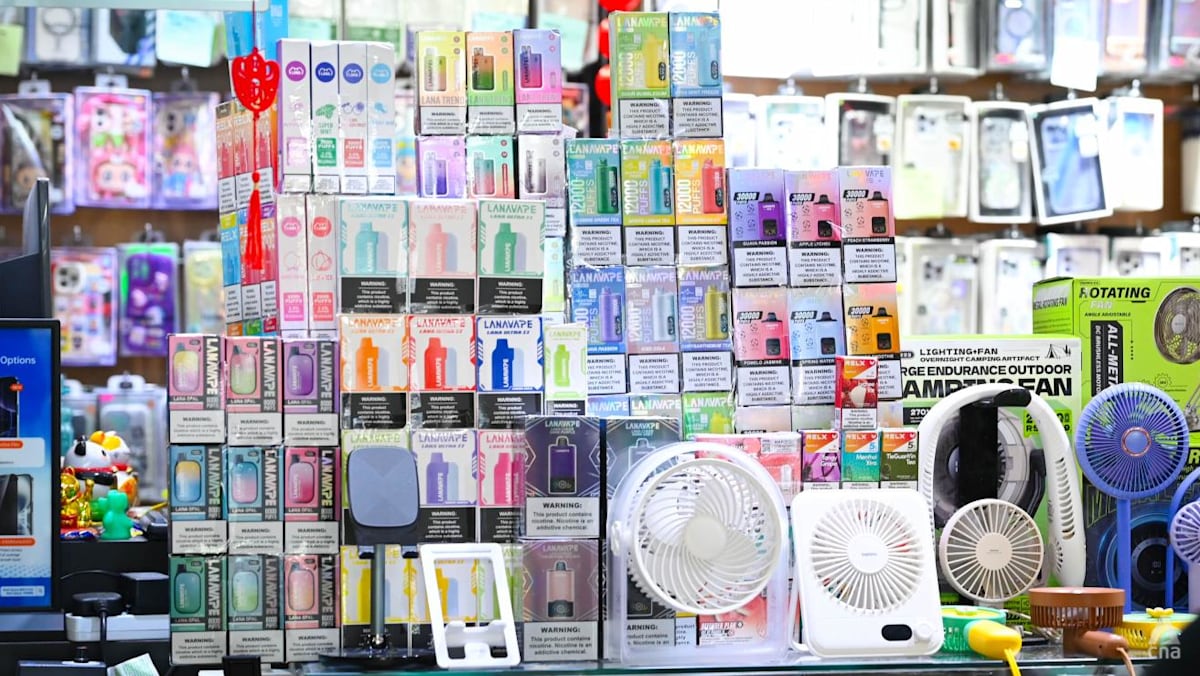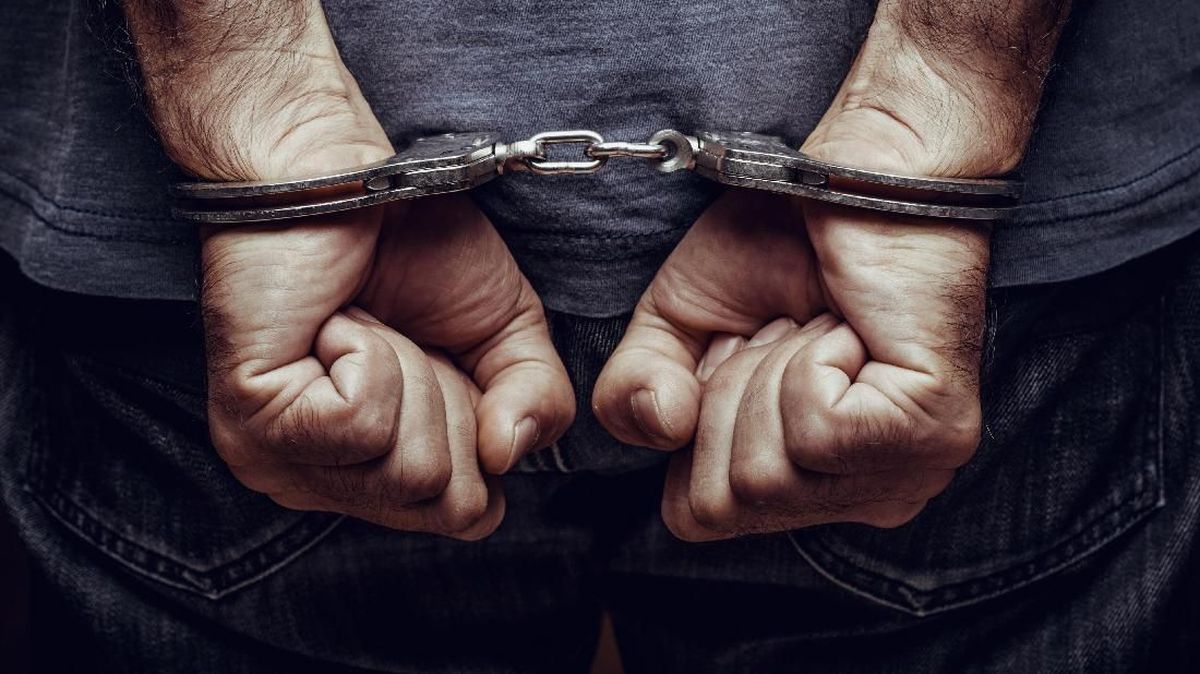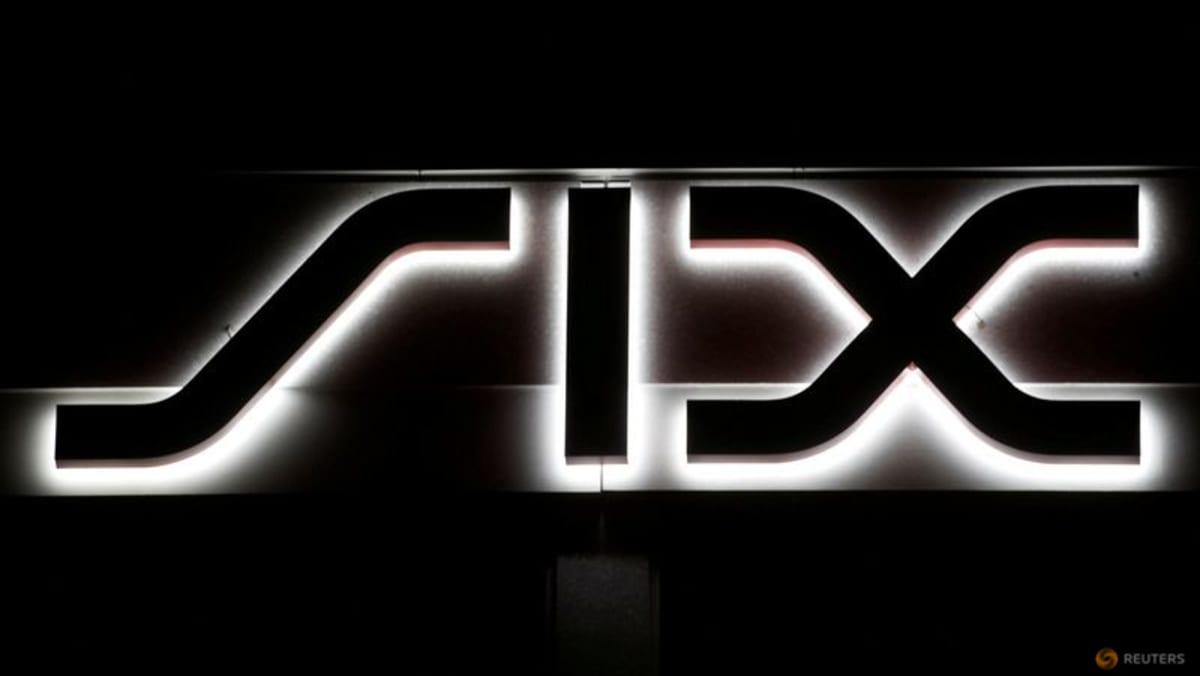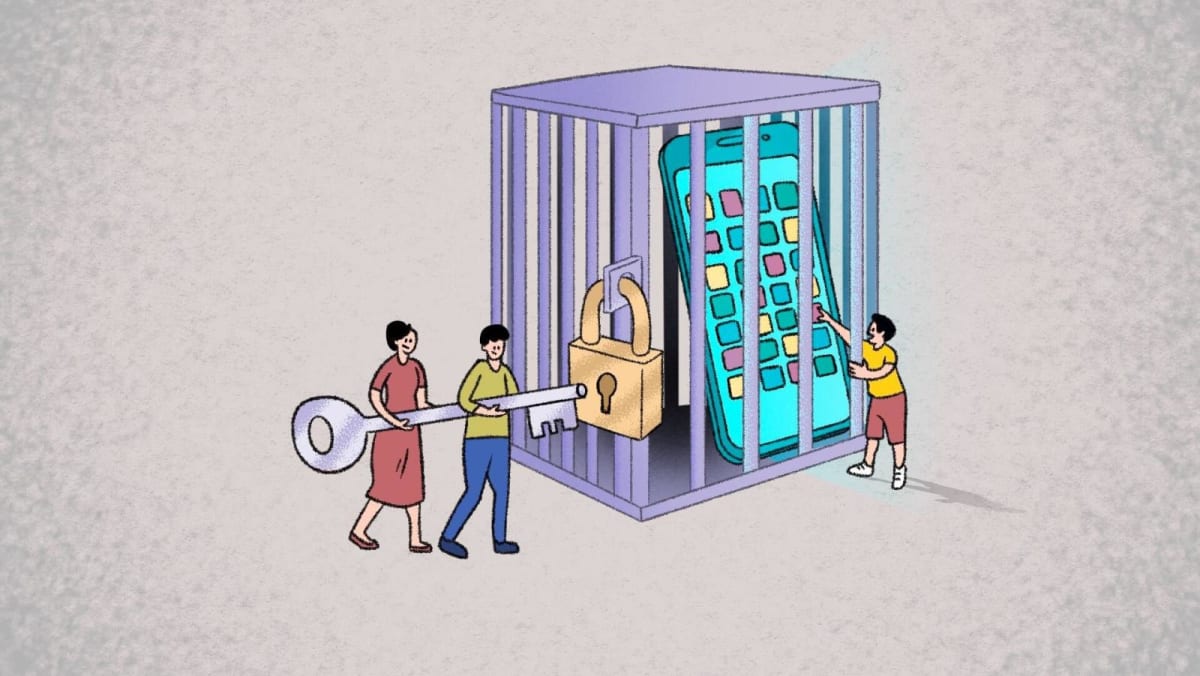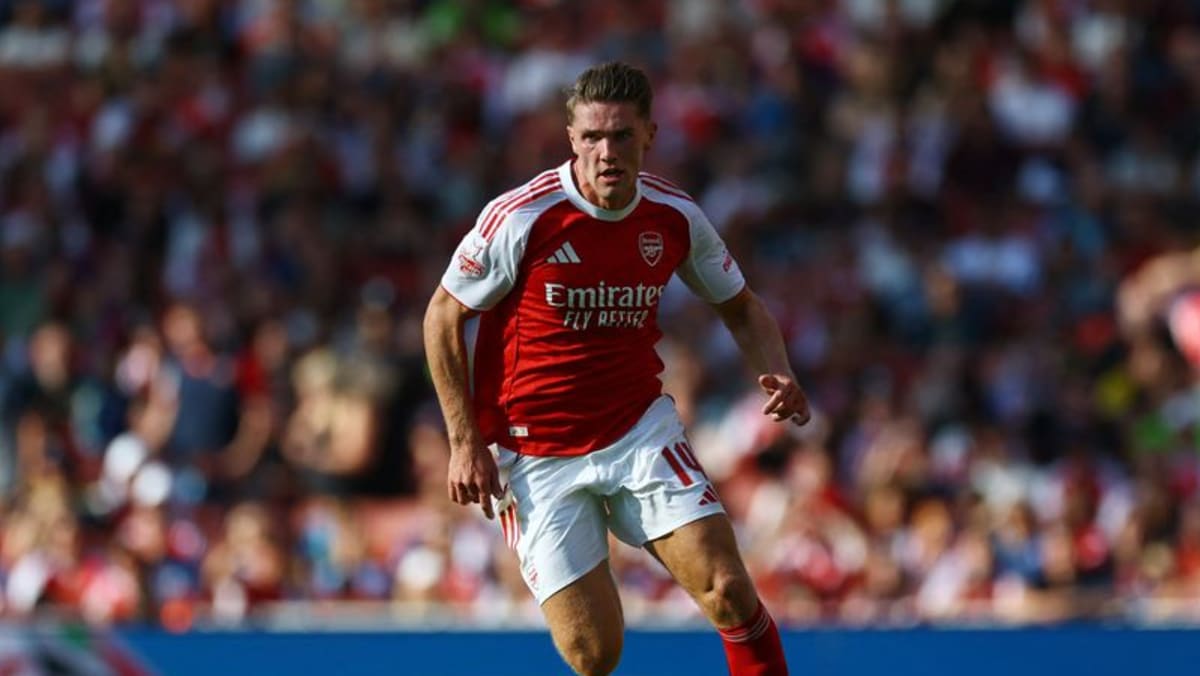The key skill for the eagle-eyed luxury customer is to identify which among the many nascent trends has staying power, and then zero-in on the product that best captures the zeitgeist. Luxury investors attempting the same feat will find their eyes alight on Bernard Arnault’s LVMH.
The industry bellwether’s third-quarter sales provided early evidence of a turnaround in the sector’s fortunes. Revenues at its key fashion and leather goods division, which houses such brands as Louis Vuitton and Dior, are still falling — by 2 per cent in the third quarter. But the rate of decline has slowed from 9 per cent the quarter before. That suggests we may finally be nearing the trough in overall luxury spending.
A turn in the luxury cycle would be good news for companies across the sector, and helps explain why LVMH’s results not only lifted its own stock price by 14 per cent on Wednesday but also nudged up those of Hermes, Burberry and Gucci-owner Kering. However, the behemoth should benefit disproportionately.
For one thing, handbags and frocks — to which the group is overweighted with its massive LV brand — are set to do better than rocks. Jewellery has outperformed so-called “soft” luxury recently, growing 4 per cent a year between 2022 and 2025 while the latter was flat, according to RBC analysis, so there is room for a catch-up.
Better still, fashion and leather goods brands have taken steps to improve their value proposition, which had suffered from a combination of price hikes and unexciting design. “Value for money” may sound like a quaint concept in an industry that persuades customers to part with thousands of dollars in exchange for wisps of exquisitely crafted gauze. But even the super wealthy, as it turns out, don’t like to feel that they are being taken for a ride.
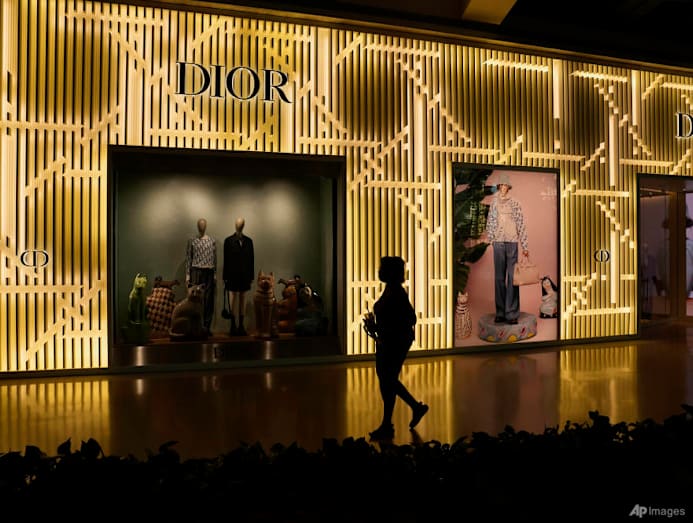 A person walks by a Dior store Tuesday, April 8, 2025, in Las Vegas. (Photo: AP/John Locher)
A person walks by a Dior store Tuesday, April 8, 2025, in Las Vegas. (Photo: AP/John Locher)
Now, the industry has moderated its price increases. Indeed, LVMH’s improvement this quarter was mainly due to volume, rather than mark-ups. And broader inflation has caught up with LVMH’s price hikes in France and the US, according to Bernstein analysis. Meanwhile, new designers are creating some buzz.
Granted, the luxury upswing — when it comes — will be less ebullient than the one the industry experienced after the pandemic. It will be a while before brands can inflate their prices and still sell baubles by the truckload. And LVMH isn’t the only maison that is poised to benefit from a soft-luxury revival, or the only one with new design talent to showcase. Demna Gvasalia at Gucci has also had an encouraging start.
But LVMH’s stock has taken a beating in the slump. This summer, it reversed its historical premium to trade at a discount to the S&P Global Luxury Index on a price to forward earnings multiple, and is now only just above the pack. Kering and Burberry, meanwhile, have priced in part of their turnarounds already. And, while the benefits of the group’s heft aren’t immediately visible in a downturn, when throwing cash around fails to translate into sales, having the money to back its vision stands it in good stead for when the cycle turns.
Camilla Palladino © 2025 The Financial Times.
This article originally appeared in The Financial Times.

